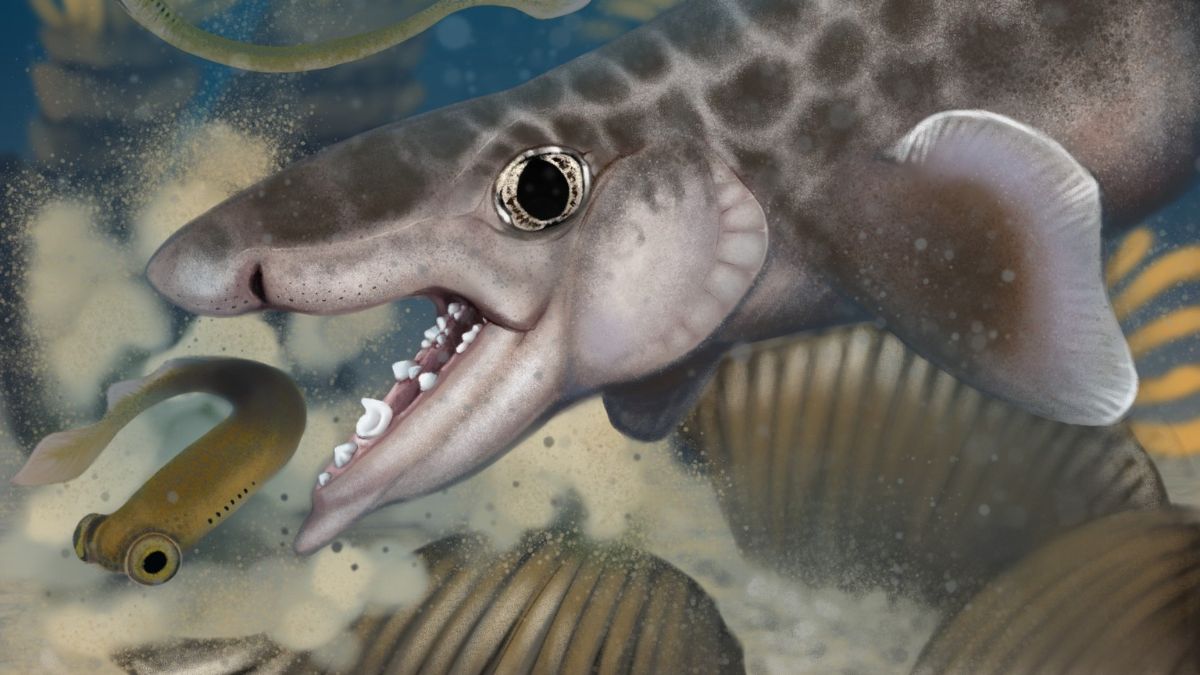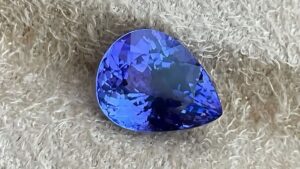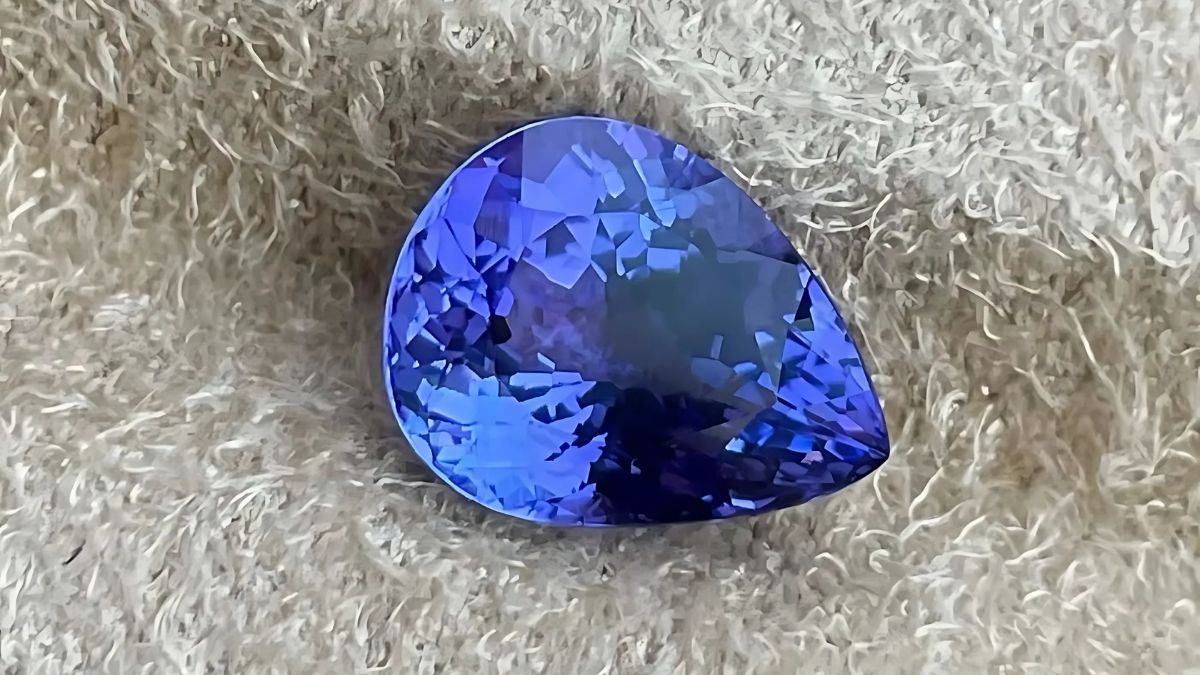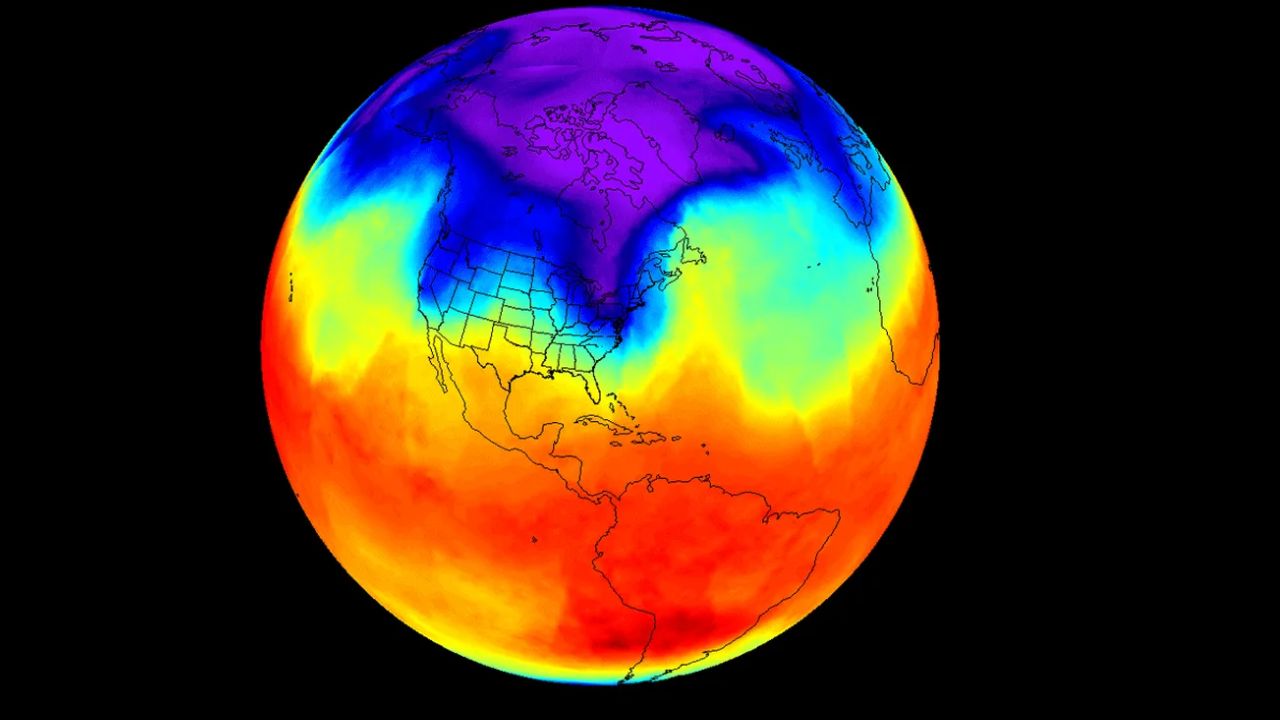It sounds like the start of a joke or a sci-fi movie—what do sharks and a cow have in common? But this is a real scientific experiment, and the answer might surprise you. Off the coast of Hainan Island in China, a group of researchers dropped the body of a cow to the bottom of the sea.
Why? To simulate what happens when a whale dies and sinks, something known as a “whale fall.” And what they discovered deep in the ocean was much more fascinating than anyone expected.
Ready to cut in?
Purpose
The goal was simple: see how deep-sea animals react when a massive source of food suddenly shows up. Normally, whale carcasses create an explosion of activity on the ocean floor—sharks, fish, and scavengers all rush in. But whales don’t die and sink on schedule, so scientists used a cow as a stand-in.
Weird? Yes. Useful? Definitely.
Surprise
What shocked the team most wasn’t just the swarm of activity around the cow—it was the unexpected visitors. Within a short time, eight Pacific sleeper sharks appeared. These large, slow-moving sharks are usually seen in colder waters between Japan and Alaska. They’ve never been documented this far south, especially not in the warm waters of the South China Sea.
The sharks didn’t just pass through. Based on how quickly and frequently they showed up, scientists now believe these sharks may live in the area full-time, hiding in the deep sea, undetected—until now.
Behavior
Another surprise? These deep-sea predators were polite. Instead of fighting over the cow, the sharks waited their turn. One would feed while the others circled, then they’d switch out like they were taking turns at a buffet. Not the aggressive behavior you’d expect from hungry sharks.
Even more interesting, their size affected how they acted. The bigger sharks—some as long as 2.7 meters—swam right in and started feeding without hesitation. The smaller ones circled cautiously before approaching, almost as if they were waiting to make sure it was safe. Size, it turns out, means confidence even in the deep sea.
Visitors
The sharks weren’t alone. Other deep-sea creatures showed up, too—snailfish and amphipods came to join the feast. These animals usually live in very deep and cold areas, so their presence also adds a new piece to the puzzle. The South China Sea may be much richer in deep-sea biodiversity than previously thought.
In short: this wasn’t just a snack for sharks. It was a massive insight into life at the bottom of the sea.
Meaning
So, what did we learn from a cow dropped into the ocean? A lot, actually. The experiment helped scientists:
- Spot a rare species in an unexpected place
- Observe how size affects behavior in deep-sea predators
- Realize the biodiversity in the region is greater than believed
Most importantly, it reminds us that the ocean is still full of mysteries. Even with all our technology, we’ve barely scratched the surface of what’s down there. The deep sea remains one of the least explored parts of our planet—and possibly the most surprising.
Next time you swim in the ocean, and feel something brush your foot, maybe you’ll think about all the creatures quietly living just a few meters below. Scary? Maybe. But also kind of amazing.
Have you ever had that eerie feeling while swimming that something was below you? You’re definitely not alone.
FAQs
Why did scientists drop a cow in the ocean?
To simulate a whale fall and study deep-sea behavior.
What sharks were discovered?
Pacific sleeper sharks, never seen before in that area.
Where was the experiment done?
Off the coast of Hainan Island, South China Sea.
Did the sharks fight over the cow?
No, they waited their turn to feed calmly.
What else showed up at the site?
Snailfish and amphipods also came to feed.



















